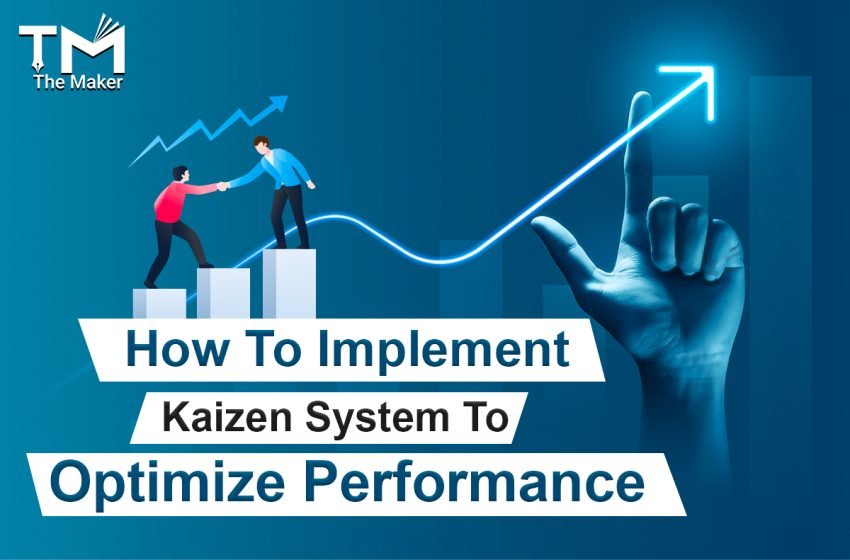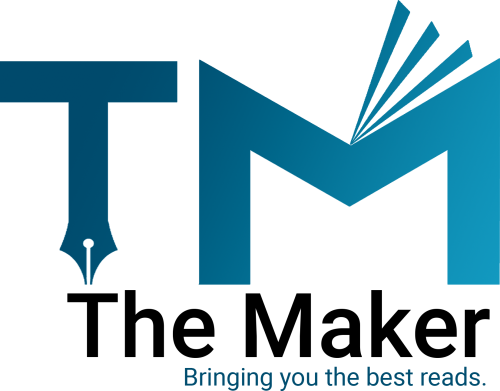How To Implement Kaizen System To Optimize Performance

Our global market is continuously getting stronger, and to stand out in this competitive market, you have to provide the best quality products and services at competitive prices. Originating in Japan, the word kaizen is now used across the globe by many companies in all sectors. In business, kaizen is a way or path to work in which all the employees participate together to identify and achieve continuous improvements. Many companies are adopting the kaizen system as it leverages the talents of a whole organisation.
Let’s dive into the details of kaizen to understand what it actually is, how it gives benefits to companies and the ways to implement it to achieve the desired result. This blog provides the answer to all these questions.
What is Kaizen?
The word “kaizen” is developed after the merge of two Japanese words, “kai” and “zen,” which denote “change” and “better or good,” respectively. It is a Japanese philosophy especially related to business that means continuous improvement. It also translates to changing something for the better.
The term kaizen was first introduced by Toyota, a well-known car manufacturing company, after the second world war. Since then, this term has been one of the esteemed tools in Japan as well as a powerful pillar for them in becoming world’s one of the strongest industrialized countries.
In the 1980s, kaizen got wide popularity in the west as many business leaders started adopting it in their business, including Ford Motor Company.
Kaizen focuses on continuously making small changes that bring in great changes over time. If you decide to apply kaizen to your workplace, you can see its impact. With the adoption of the kaizen system, the company can able to optimize employee performance.
How is it beneficial?
Kaizen leads to multiple benefits for a company, such as
Increased productivity: Increased productivity means greater output from the given input. It is directly related to creating more from less. This is desirable in every sphere of business.
Improved quality: Quality improvement means performance enhancement, and also expected that this will gradually improve.
Improved communication among employees: Communication gap in the working place hampers the work. If the information is not appropriately sent between the different departments or across the various managerial positions, confusion arises in the workplace. Kaizen encourages open and productive communication among all levels of teams.
Better safety: Safety is one of the criteria of kaizen in the working place. This idea is implemented to make the work environment safe, clean, and organised.
Satisfaction: Kaizen is deeply focused on employees’ performance, so upon improving the company culture, employee engagement will increase, and there will be more quality work output that ultimately reaches the customer and make them satisfied.
How to implement it?
- Involve the employees
This is the first phase where you need to involve all your cross-functional employees. Your employees’ involvement will help you to empower them as well. Intelligent targets are created to provide clear aims and goals to the employees.
In the kaizen implementation process, you need to create a workplace, so your employees get motivated and involved.
- Conduct training
Training employees at all levels is crucial in order to create a common understanding and eliminate the lack of knowledge about the company’s modern management techniques. Japanese companies prefer to run the program training within the industry, which is very effective because necessary things can be learned immediately and applied to the running business. A well-trained person can better support and promote the change.
- Find problems
The next step is to identify the problems in your organisation. To do this, you need to gather 360-degree feedback and involve your employees. After this, you can list all the unimproved areas that need improvement.
It can be the production department, customer service department, finance department, or any other department that needs improvement. You can make a list of problems or issues under a to-do point.
- Think and find solutions
This step is applied after finding the problems. The managers can build a creative team with experienced employees who can focus on problem-solving. Solutions come out within less time, saving time and money.
- Implement
According to industry research and proven results, the best way of implementing kaizen is PDCA which means Plan-Do-Check-Act. PDCA provides a systematic path of knowledge gaining and then implementing change. After adopting the PDCA, a drastic change and improvement have been found. It enhances employees’ process knowledge, broaden-decision making options, and increases the chance of sustainable long-term progress.
- Document Findings
This is another important step in the kaizen process. Every single kaizen information during the various stages must be gathered in detail using a standardized format. This will help to make sure the kaizen is easy to analyse, and the progress can be easily communicated. Moreover, digital kaizen operation software such as Process Excellence Temple gives a smooth and effective way to do this.
- Check
In this step, you must ensure that implementation is done in a proper way so that effective results can come. For that, a manager may appoint the task to the team leader, who can properly check and recheck the progress and audit timely.
- Publish Results
It is essential to receive the results. If the results are not positive, do not get frustrated or irritated, just go back and edit with the required idea. If the results are positive, it will motivate the employees for future work.
- Enforce improvements
Applying used to or acquainted ways for the employees is easier, but enforcing new changes you have made to your processes is more important for the improvement you have made to last. This is crucial to sustaining continuous improvement for a longer duration.
- Repeat
Continuous improvement is the core of the efficacious kaizen implementation culture. It is a cycle where you look at the workplace, point out the problems, and then implement solutions. Remember that after implementing kaizen, you need to reobserve the workplace. You may still find some waste. Gradually, kaizen becomes a culture to eliminate waste and hence improve the organisation.


